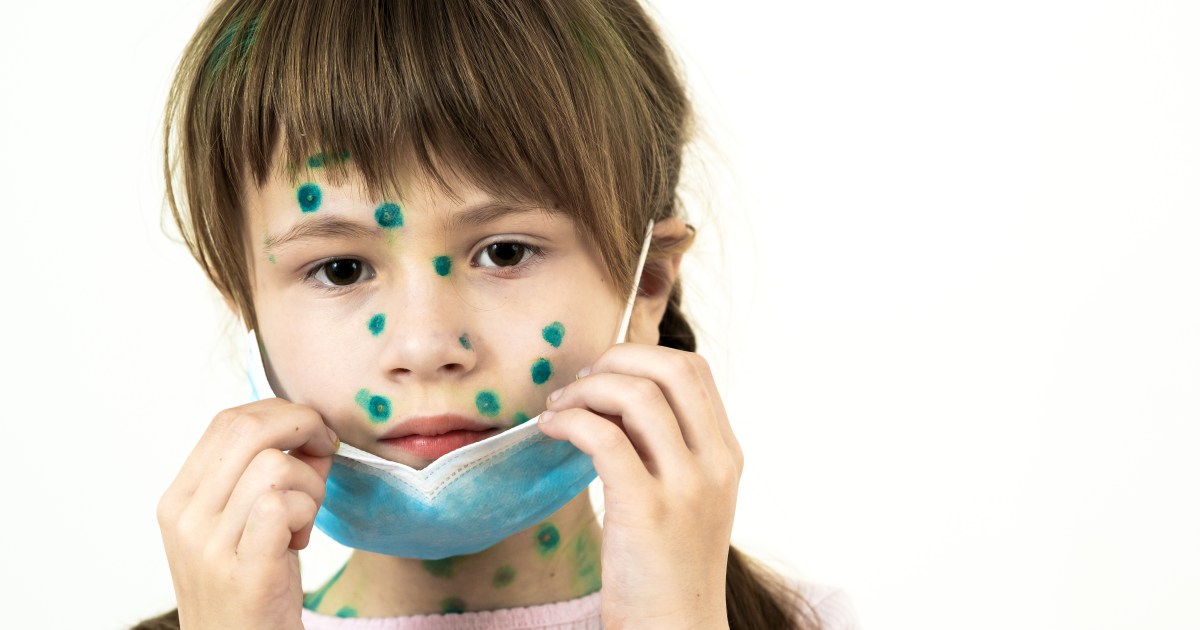With wearing the muzzle for long hours, especially for people who cannot work without it, some side effects such as redness and skin irritation may appear on the face .. What is the solution?
Here we present how to reduce the damage to the skin as a result of using the mask as the best way to fight the spread of the emerging coronavirus, which causes Covid-19 disease.
In her report published by the French newspaper "Le Figaro", writer Justin Vitry says that since the epidemic began, many have had to wear medical masks all day, but they have noticed their effect on their skin.
A large portion of the world's population uses medical masks as a means to protect against the Corona virus and limit its spread. Wearing a mask for a short time may be acceptable, but it becomes difficult for those who work with it throughout the day.
Since the facial skin is one of the parts of the body that we do not usually cover, wearing the mask leads to the interaction of the skin, and its manifestations are different and multiple.
Skin imprisonment
Many people on social media mention their annoyance by wearing the mask without denying its usefulness. Aside from the respiratory discomfort felt by some, such as the feeling of heat and others, the muzzle has an effect on the skin, such as redness and the appearance of small blisters.
"The irritation, itching and spread of bacteria due to the heat and moisture from breathing are all logical results of this new habit," says Marie Dipoulan, a plastic surgeon.
According to doctor Gaultier Duat, it is necessary to distinguish between causes and consequences, noting that "even if there are a few studies on this subject, the main skin reaction is the irritation that appears at the contact points of the mask."
Dawat emphasized that light irritation usually occurs such as hypersensitivity, redness, itching or dry skin, indicating that the problems are exacerbated by "skin confinement" that leads to moisture and thinning of the skin, and as a result "pre-existing skin diseases such as acne or pink count may develop. Or seborrheic dermatitis, "and the stress and anxiety associated with the new situation should not be ignored.
The doctor advised that wearing the mask for long periods of time may increase the risk of contacting eczema, a condition that affects the skin and includes symptoms of redness and scaling of the skin, in addition to itching and burning, and this occurs as a result of the skin's barrier being damaged due to irritating substances.
Surgical or cloth masks?
But is it possible to reduce these side effects by choosing the type of mask we wear? Dawat answers in this regard, stressing that "cotton masks are best for the skin if they meet the protection criteria."
Dawat says that there are many measures that doctors recommend to reduce the side effects of wearing the mask, such as giving the face some time to breathe during changing the mask every four hours, or wiping the face with a little thermal water, then let the skin dry a little before re-masking.
Protective creams
Another way to prevent skin irritation is to use cosmetic skin treatments. In this case, adapting your skin care routine may be beneficial for additional protection.
Dipulan beautician advises to provide the necessary protection for each skin type, similar to making a light layer of care cream on oily skin before wearing the mask. For people with hypersensitive skin, they recommend protective creams that provide an insulating layer.
Doctors recommend applying a moisturizing cream half an hour to an hour before wearing the mask, to give the skin time to absorb the cream well.
According to Dawat, "It is advised to apply a protective cream to sensitive areas of the face. Also, a cell repair cream can be used on areas with side effects."
In all cases, it is necessary to follow a strict daily routine, and choose creams suitable for the type of skin. As for sun protection creams, they are often oily, which leads to the expansion of the pores of the skin, so it can be dispensed with when wearing the mask. However, areas not covered by the mask should not be ignored.

